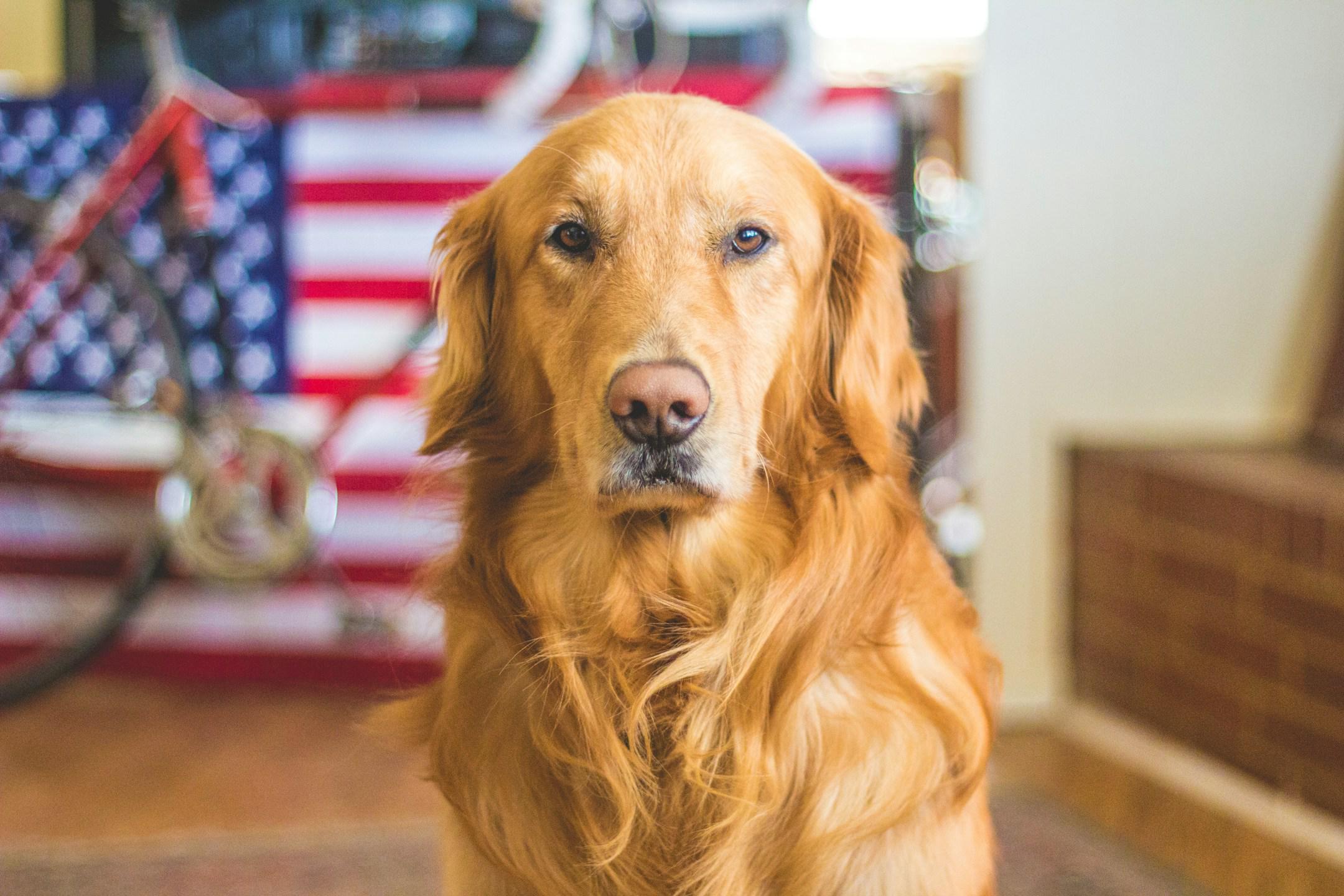Website designed with the B12 website builder. Create your own website today.
Start for free
Welcoming a new puppy into your home is an exciting adventure, but it also comes with its fair share of responsibilities, especially when it comes to potty training. Potty training a new puppy is essential for establishing good habits that will last throughout their life. Early training not only helps maintain a clean and sanitary living environment but also strengthens the bond between you and your furry friend. With the right knowledge and techniques, you can successfully teach your puppy when and where to go, making the process smoother and more enjoyable for both of you.
In this blog post, we will delve into the fundamentals of potty training a new puppy, providing you with effective techniques to ensure success. We'll also discuss common challenges you may encounter along the way and offer actionable solutions to help you navigate any hurdles. Whether you're a first-time puppy owner or looking to refresh your training skills, this guide will equip you with the tools you need to foster good habits and create a happy, well-adjusted companion.
Understanding the basics of potty training a new puppy
Potty training a new puppy is an essential step in establishing a happy and harmonious household. Puppies, like human infants, need guidance to learn where and when it is appropriate to relieve themselves. It’s crucial to start this process early and consistently to help your furry friend develop good habits. Understanding your puppy’s natural instincts and behavior can make this journey smoother. Puppies typically have a strong urge to avoid soiling their sleeping area, which serves as a great opportunity for training. By setting a regular schedule for bathroom breaks, you can help your puppy understand that outside is the right place to go.
Establishing a designated potty area is an important aspect of potty training a new puppy. Choose a specific spot in your yard or nearby park, as dogs often prefer going in familiar places. This consistency will not only make it easier for your puppy to associate that spot with relief but also help them feel more comfortable going outdoors. Additionally, paying attention to signs that your puppy needs to go—such as sniffing, circling, or whining—will enable you to act quickly and reinforce positive potty habits. With patience, dedication, and a clear understanding of your puppy's needs, you can successfully navigate the potty training process.
Effective techniques for successful potty training a new puppy
To successfully potty train a new puppy, consistency is key. Establish a routine by taking your puppy outside at the same times each day, such as after meals, naps, and playtime. Choose a specific spot in your yard for bathroom breaks and always take them to that location. This consistency helps your puppy associate the area with going to the bathroom. When your puppy does their business outside, immediately praise them enthusiastically and offer a small treat. Positive reinforcement encourages them to repeat the behavior, making it more likely for your puppy to understand that going outside is the right choice.
Another effective technique is to monitor your puppy closely indoors. Keep an eye on their behavior for signs that they need to go out, such as sniffing around, pacing, or whining. If you spot any warning signs, swiftly take your puppy outside to their designated bathroom spot. If accidents happen indoors, clean the area thoroughly to remove any lingering smells that might attract your puppy back to that spot. Avoid punishment, as it can create fear and confusion. Instead, focus on reinforcing positive behaviors and gradually increasing the time between bathroom breaks as your puppy gets the hang of potty training.
Common challenges in potty training a new puppy and how to overcome them
Potty training a new puppy can come with its fair share of challenges. Many pet owners encounter issues like accidents in the house, regression after initial successes, or their puppy simply not going outside to potty. Accidents may be particularly frustrating, but they often occur due to the puppy's limited understanding of where they should go. It's essential to remain patient and consistent, as puppies thrive on routine. If your puppy has an accident, avoid scolding them; instead, clean the area thoroughly to eliminate any lingering scent that might encourage them to return to that spot.
Another common challenge is dealing with distractions outside. Puppies can get easily sidetracked by noises or smells, making it difficult for them to focus on doing their business. To counter this, choose a designated potty spot in your yard or outside where you can consistently take your puppy. Encourage them to relieve themselves by using a cue word or phrase and rewarding them with praise and treats when they do. Consistency is key, so ensure you maintain a schedule that includes frequent trips outside, especially after meals, playtime, or naps. With time and dedication, these challenges become manageable, paving the way for a well-trained puppy.